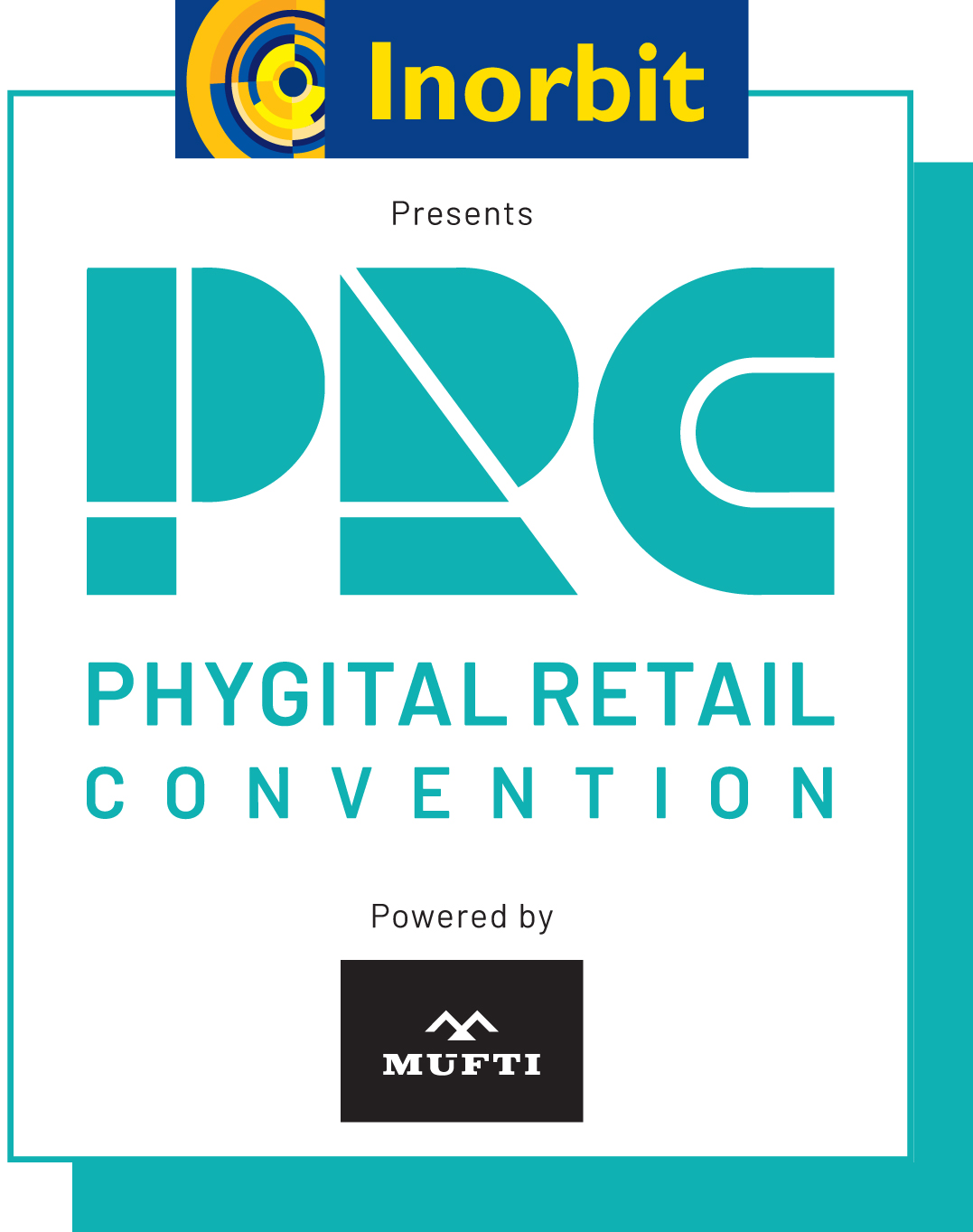If current growth patterns continue, “extra mouths to feed” will be an understatement in 2053, when our planet’s population is predicted to jump by 2 billion people. That’s going to be a big challenge for the food industry, and everyone from farmers to distributors to restaurant owners are asking the question, “What does this mean for us?”
The emerging trends below offer insight into what it will take for the food industry to keep up with the booming human population — and what consumers will demand from grocers and food distributors in the future.
To put it simply, consumers want foods with names they can pronounce. If they don’t understand the labels or if they think ingredients sound unnatural, they get scared and look for fresh, local alternatives with a less intimidating ingredient list. Sometimes, these foods are identical to the processed products on the shelf; they’re just not aware of it.
To appeal to health-conscious shoppers, manufacturers will need to use clear, easy-to-understand packaging and nutrition labels that empower the consumer to choose their products.
A Love of Local
Consumers are demanding food that’s healthier, more sustainable, more natural, and nutritious. They seek out those foods at farmers’ markets and by subscribing to community-supported agriculture programmes, but they’d rather find them at their grocery store. We’re approaching a future where stores like Kroger, Safeway and Walmart might even own their own farms.
Food of the Future
In response to these trends, as well as drastic population growth, food business professionals will have to change their approach to feeding consumers.
1. An Uptick in Transparency
Farmers and grocers will have to be more transparent about the food they offer — not just fresh produce and dairy, but all foods. This includes providing clear information about the place of origin, the point of import and how the food was grown or raised.
2. Making It Easy
In the future, grocers will offer more prepared options. Grocery stores will likely become the hub of community food sources, selling everything from raw produce to fully-prepared meals. To a degree, we already see this in stores with robust delis and carryout options. But I see the future in models like Whole Foods, which boasts a full in-store restaurant.
3. The Seller-Grocer
Many grocers already curate aisles filled with “health foods” or sections for local produce and organically raised meat and dairy products. It will increasingly become the job of grocers to sell their products to consumers in an objective, non-political way.
4. Dialed-Up Distribution
Today’s market options aren’t generally as sophisticated as the grocery community’s broad-line distribution. There will have to be advancements, which will most likely include the traceability and source of origin for most food.
5. Less Waste
The waste of this country is staggering: One-third of the food we produce goes to waste. Consumers are aware of the impact this has on the planet, and they’re trying to be more responsible about what they buy and consume.
The Responsibility to Educate
Between the increasing population, a mistrust of ingredient labels and ambiguity around what “healthy” really means, education about the food industry will become more important than ever.
There’s a low level of scientific literacy as it relates to food, and consumers are making purchases and demands without understanding the true impact, benefits or limitations of certain types of foods. But whose job is it to educate the public on these issues? Brands? Grocers? The FDA?
Any farmer, food manufacturer, distributor, marketer or grocer who wants to survive the future of food must recognise that the task of elevating that conversation so everyone is better informed about what we’re buying and eating belongs to all of us.
Changing Expectations
As we continue to move toward a future of feeding 9 billion people, we all agree that things will have to change, but theories abound as to what that will look like. An organic farmer might propose a more local-based food continuum, meaning farm-to-table, farm-to-market or farm-to-restaurant. A larger industrial grower might tell you there is no way this approach would be able to sustain the world’s population.
Farmers, distributors and grocers need to recognise that their role in feeding the population isn’t necessarily as a merchant of goods. They have to take more responsibility in generating awareness and educating consumers on the facts, but consumers also will have to take some responsibility for educating themselves and making informed decisions about the food they buy and consume. Consumers will also need to decide what’s reasonable to eat — not just what’s organic, local, seasonal, humane or natural, but what’s reasonable.
Today, the food industry is built on very low margins and high volume. That volume, we’re hearing from consumers, isn’t really necessary, anyway; we’re throwing away a third of our food. Let’s get better about what we offer and how we offer it. Then, let’s help consumers understand what living a healthful, reasonable life looks like from the farm to the grocery store to the restaurant.
About the Author
Doug Austin is the SVP of Growth & Innovation and leads product and brand innovation sessions for Marlin Network.



